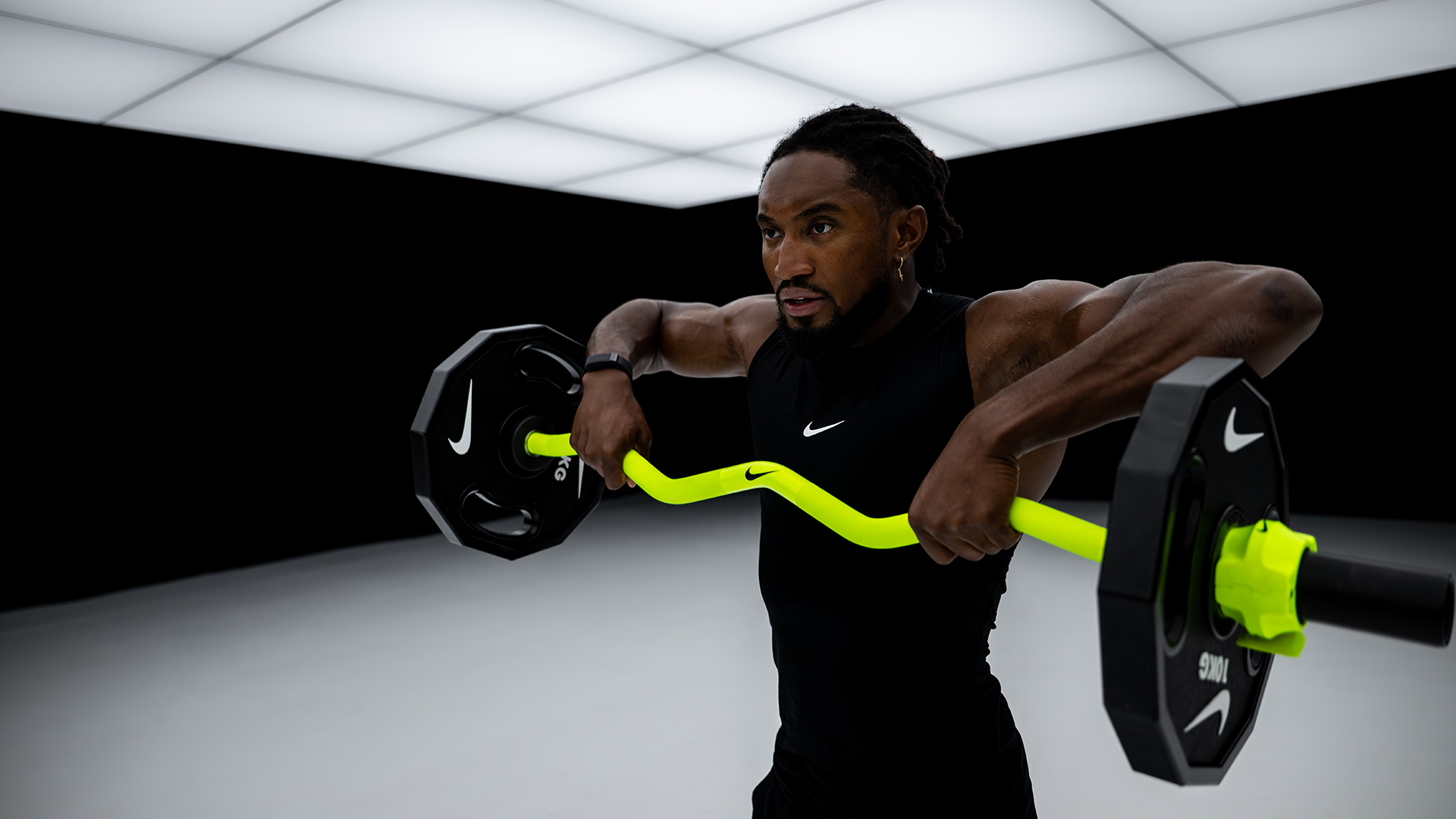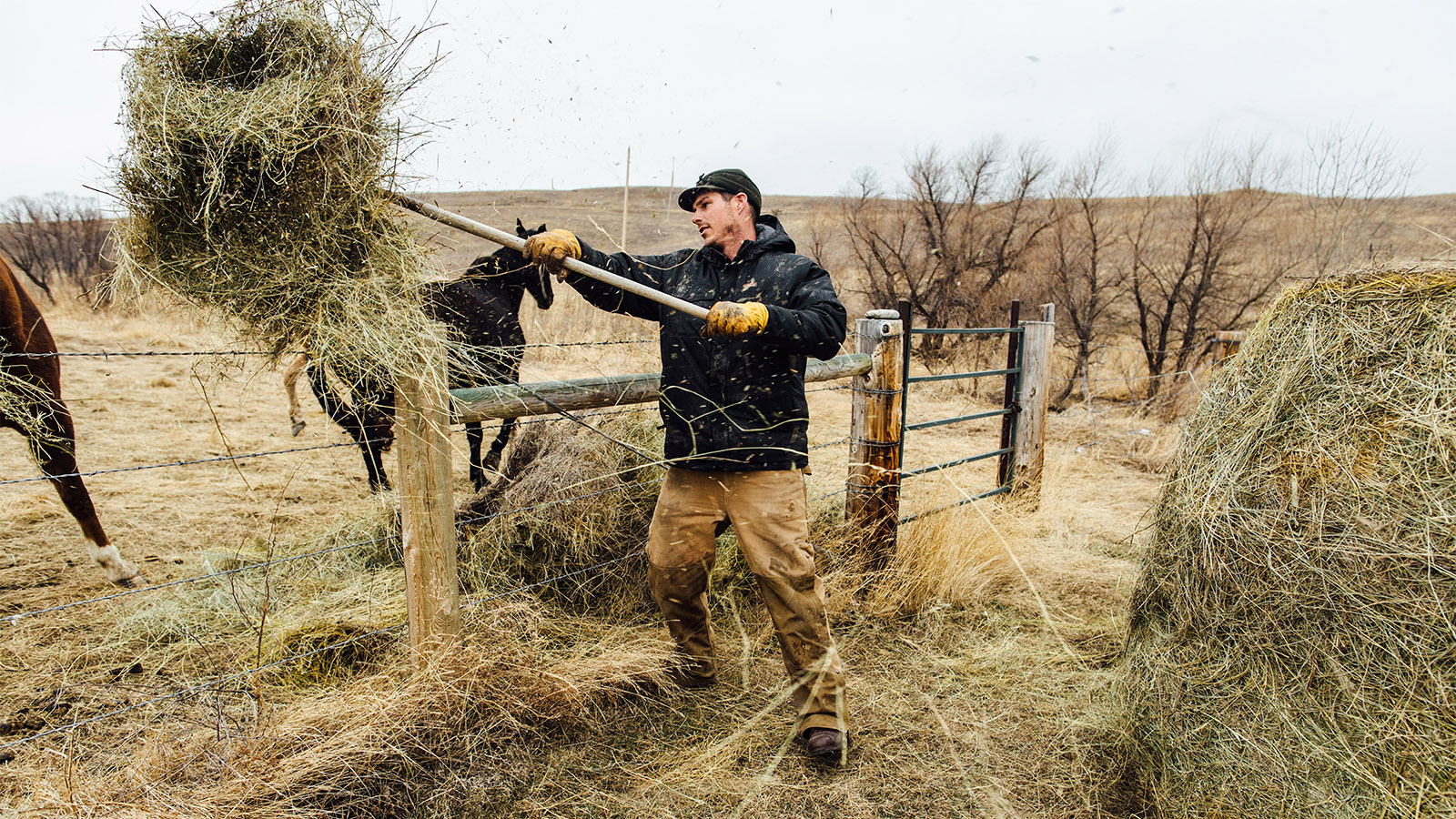Active
The latest Active breaking news, comment, reviews and features from the experts at T3
Explore Active
-

Db's ultralight mountaineering backpack that broke the internet is back (but probably not for long)
The brand has just restocked its game-changing ALUULA Graflyte adventure bags
By Matt Kollat Published
-

A fitness expert ranks every glute exercise according to science – the best one isn’t what you think
It’s not hip thrusts
By Bryony Firth-Bernard Published
-

HOKA’s trail supershoes take centre stage in Jim Walmsley’s thrilling UTMB OCC comeback
HOKA’s high‑performance Tecton X series once again shines on the trails
By Matt Kollat Published
-

Forget barbell squats – this five-move dumbbell workout builds stronger legs in 35 minutes
Hit all the major muscles in your lower body hard in minimal time
By Bryony Firth-Bernard Published
-

Strava’s data shows a big shift in running shoe loyalty – and it’s not good news for Nike
Nike’s reign is over (at least on Strava)
By Matt Kollat Published
-

4 exercises to help build powerful, strong calves, according to an expert
Here's how you add muscle to your calves to improve your athletic performance
By Bryony Firth-Bernard Published
-

5 truths everyone should know about Hyrox, according to a champion
Megan Jacoby has delivered some gold
By Bryony Firth-Bernard Published
-

The 'ultra-toasty' Arc'teryx jacket I used for ice climbing is currently over £50 cheaper
The Atom Hoody is warm and has a PFC-free water-repellent finish
By Matt Kollat Published
-

Fjallraven’s iconic Kanken backpack just got a limited-edition upgrade – and it'll likely sell out fast
Three new colourways, same iconic design: Fjallraven’s limited-edition Kanken Koncept is now available, but not for long
By Matt Kollat Published
-

A top strength coach shares a five-move weight-free workout to build a bigger chest
Yes, you can add chest muscle without weights and machines
By Bryony Firth-Bernard Published
-

Nike just revealed the wildest trail gear of 2025, but would you dare wear it?
The new Nike ACG Racing Department kit is full of holes, hyper-technical and surprisingly fashionable
By Matt Kollat Published
-

Iconic Patagonia puffer drops to its lowest price of the season – get it before autumn arrives
The Nano Puff Jacket is lightweight, packable, warm and water-resistant
By Bryony Firth-Bernard Published
-

Is the Moto Watch Fit the affordable Apple Watch alternative for Android users that no one saw coming?
A cheap-and-cheerful Apple Watch lookalike with week-long stamina and 100 sports modes
By Lee Bell Published
-

I took the YETI Roadie 24 2.0 on a week-long road trip, and here’s why I’d pick it over a fridge
It’s rugged, compact, and kept our food chilled for five days straight
By Matt Kollat Published
-

Forget sit-ups – a fitness expert says these 4 kneeling core exercises are much more effective
Ideal if you struggle with lower back or mobility issues too
By Bryony Firth-Bernard Published
-

Vivobarefoot's Primus Trail Flow is the only 'barefoot' shoe I'd recommend for trail running – here's why
Barefoot-style running shoes are a niche within a niche, but Primus Trail Flow is Vivobarefoot's best effort yet to get people to wear them for travelling off-road fast
By Matt Kollat Published
-

Two dumbbells are all you need and 30 minutes to strengthen your entire upper body
Train your arms, chest and shoulders with this quick 'get-in-and-go' workout
By Bryony Firth-Bernard Published
-

Forget ice – EcoFlow's battery-powered fridge kept burgers and beers cold for 45 hours
The EcoFlow Glacier Classic is a portable fridge/freezer with power to spare
By Derek Adams Published
-

Coleman's Spruce Falls 4 BlackOut Tent kept my family happy on the road (mostly)
From darkened bedrooms to awkward skylight covers, here’s how Coleman’s Spruce Falls 4 held up on a week of camping
By Matt Kollat Published
-

Ledlenser just gave its iconic torches a sustainable makeover with serious power inside
The fourth-generation P-Series brings intuitive controls, recycled aluminium housings, and pro-grade lighting
By Matt Kollat Published
-

Nike's boldest strength collection yet is going viral – and it’s not even out in the US
The Nike VOLT Collection just dropped in Europe, and it’s already sending shockwaves across social media
By Matt Kollat Published
-

When should you actually take electrolytes? Here’s what an expert says
And everything else you need to know about the supplement
By Bryony Firth-Bernard Published
-

Halfords slashes the price on crafty Coleman tent that takes two minutes to pitch
If setting up a tent isn’t your strong suit, then this is the one you need
By Bryony Firth-Bernard Published
-

I hosed myself down in the garden to test this Rab jacket – here’s why I rate it higher than GORE-TEX
The rainproof Rab Firewall Light is just the ticket for all your two-season adventures
By Derek Adams Published
-

Forget sub-3 marathoners – On’s new Cloudboom Max is a race-day shoe for the rest of us
The Cloudboom Max brings max cushioning and race-day innovation to runners targeting 4-4:30 hour finishes
By Matt Kollat Published
-

Autumn hiking is better: 5 things you’ll only experience in fall
From spectacular scenery to quieter trails, autumn is the perfect time to lace up your hiking boots and get outdoors
By Bryony Firth-Bernard Published
-

Forget gym machines – you only need a barbell and this five-move workout to burn fat and boost strength
No more waiting for the leg press – with one piece of kit you'll be in and out the gym in no time
By Bryony Firth-Bernard Published
-

Massive Garmin update brings elite running metrics and smart coaching to Fenix 8
Garmin’s top outdoor watch gets one of the best Forerunner 970 features, and a ton of other upgrades
By Matt Kollat Published
-

5 tips to transition from summer to autumn camping, according to an outdoor expert
From upgrading your cooking setup to packing more layers
By Bryony Firth-Bernard Published
